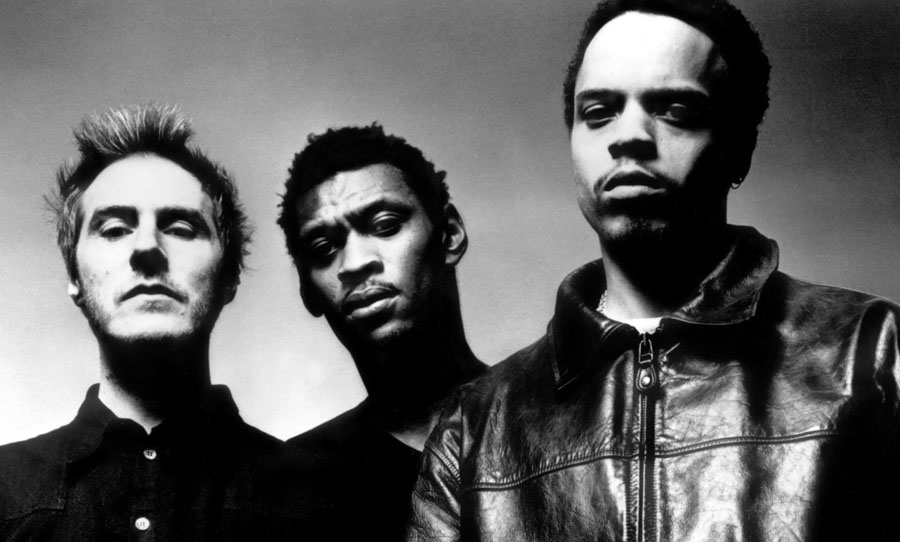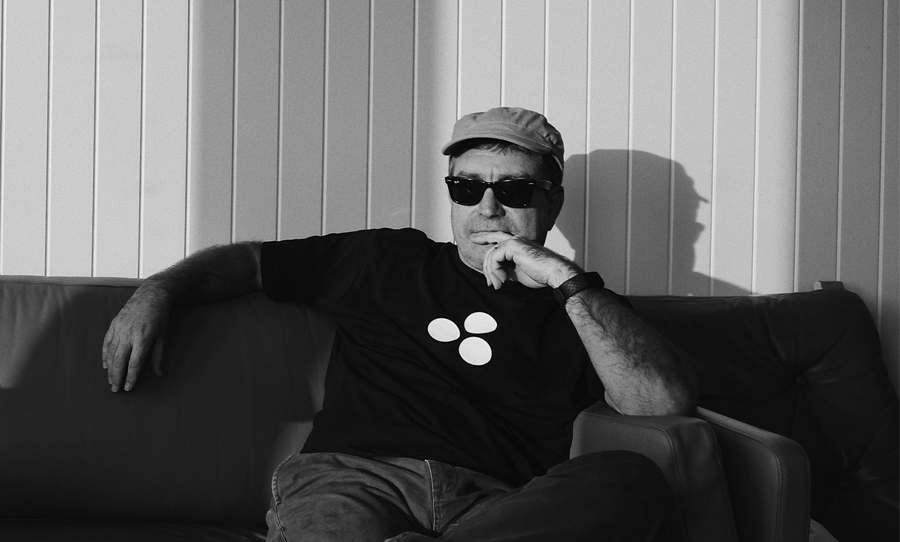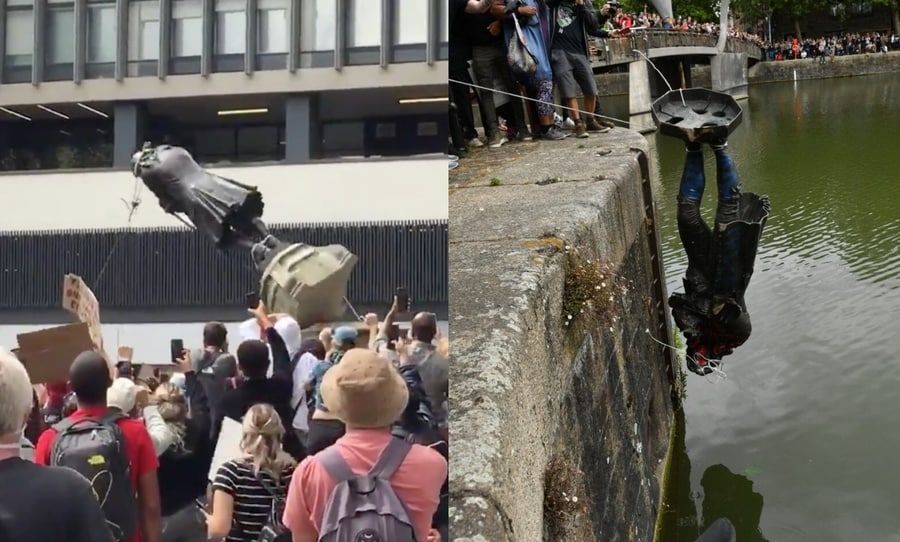Along with Portishead and Tricky, Bristol’s Massive Attack was elemental in the genre of trip-hop. Typified by dusty, downtempo beats, icy vocal deliveries, the style somehow evokes claustrophobia despite being sonically spacious. Massive Attack hungered to transcend the boundaries of trip-hop and Mezzanine – released in 1998 – was the result of this journey.
By the end of the 1990s, this phenomenon had largely faded from public consciousness, but it was nevertheless transformational for its participants. Massive Attack, along with their fellow Bristolians, had garnered worldwide attention on the back of their unique, regional sound.
The process of redefining the group’s sound was a harrowing one, but its success indicates that it’s possible to transition from narrow genre specialists to a group that achieves universal resonance.

With Mezzanine, Massive Attack honed a sound that made it possible for them to shed their trip-hop roots, creating an album with universal impact.
The Bristol Sound
In 1991 Massive Attack – featuring Robert ‘3D’ Del Naja, Grantley ‘Daddy G’ Marshall and Andrew ‘Mushroom’ Vowles – released Blue Lines – an album widely regarded as the first trip-hop release. Simultaneously slick and gritty, astutely blending samples, laid-back raps and soul vocals, it made the wider industry take a much closer look at what was coming out of Bristol, a mid-size port city in the west of England.
In ’94 came Protection, a further exploration of a melting pot of trip-hop, which featured unmistakably pop melodies backed by broken-down drum samples and intoxicating dub and dancehall infused raps. Though still a relatively new band, Massive Attack were set to go stratospheric with two groundbreaking albums already in their catalogue. Where to from here?
Tension
Despite the success, the sessions for Mezzanine were plagued with internal ructions. Neil Davidge was the producer on the sessions – the everpresent hub that kept the disparate members of the group together. He explained the unconventional workflow in an interview with Fact Mag:
“Mushroom would come into the studio and we’d spend a couple of hours together, then G would come in and Mushroom would probably go off and do some errands or something, and then maybe or maybe not come back to the studio later. G would be there for a little while and he’d go off and do something, and then D would turn up in the late afternoon or early evening.”
When they happened to be in the same room at the same time, the atmosphere was tense. The methodical Vowles liked to plan his work in the studio ahead, while Del Naja had a more freewheeling, improvisational approach to the sessions.
Things reached a boiling point when the band were working on the album’s biggest single, Teardrop. Elizabeth Fraser of Cocteau Twins was enlisted to sing the lead vocal on the track. When the team was listening back to Fraser’s vocal take, Vowles wasn’t happy with the result, even though everyone else was. Remarkably, he sent the track to Madonna, without anyone else knowing about it. From then on, Vowles and Del Naja couldn’t be in the same physical space.
Sonic evolution
The tensions that surrounded the making of Mezzanine were also due to the conscious effort to shift the sound of the band, mainly led by Del Naja. In an interview with the New York Times, he mentioned,
“I felt that this time around, it was also relevant to mine from our punk history and new wave history and to force these different cultural points into the studio. That was always going to disrupt the peace.”
While the pain of transformation is felt in the darkness of the album, the sound reflects a sublimation of their earlier influences, resulting in a cohesive, wholly original work. Take the opener, Angel, for example. The dub echoes of and hip hop tempos of their earlier work is there, but the vocal melody of Horace Andy and post-punk guitars imbue the track with foreboding menace.
In contrast, the iconic vinyl-soaked heartbeat drum groove of Teardrop – layered with a strikingly simple ostinato, Fraser’s now-legendary vocal line and sparse, thunderous piano chords, feels filled with light. In Inertia Creeps, the claustrophobia sets back in, with Arabic woodwinds and pulsating drums inexorably driving the listener to a climax that never arrives.
Delivering the grit that glued the album together was Spike Stent’s job. He’s a superstar mixer who has worked with the likes of U2, Beyoncé, Frank Ocean and too many more to mention. Despite taking place in the late ’90s, the mixing and production processes were incredibly fluid – a practice that we tend to associate with more modern projects.
As such, digital recording on Pro Tools and flicking edits back and forth was the order of the day. This exacerbated the already lengthy production of the album. Spike Stent explained the method in an interview with Sound On Sound:
“What happened was that we mixed one track, and they would take that home and that would then suddenly become the intro for another track, and over a period of time, the whole album would come together like that. We may have mixed 20 tracks, and some would become parts of other tracks. We were changing arrangements all the time, so they were songwriting at the same time as mixing.”
The piecemeal approach was made whole, courtesy of Stent’s guitar pedal arsenal. Using them on sounds you wouldn’t expect – like the breakbeat samples, keyboards and vocals – helped Mezzanine to take on the aggressive character that Del Naja longed for.
With such a counterintuitive approach, this record had every right to fail. That’s until you hear the music. The effortless sense of space belies its torturous process of creation, the album’s cohesion reflects the exact opposite of the relationships within the band. But even in the midst of near self-destruction, Mezzanine proved to be the defining statement of this disparate group of individuals.


